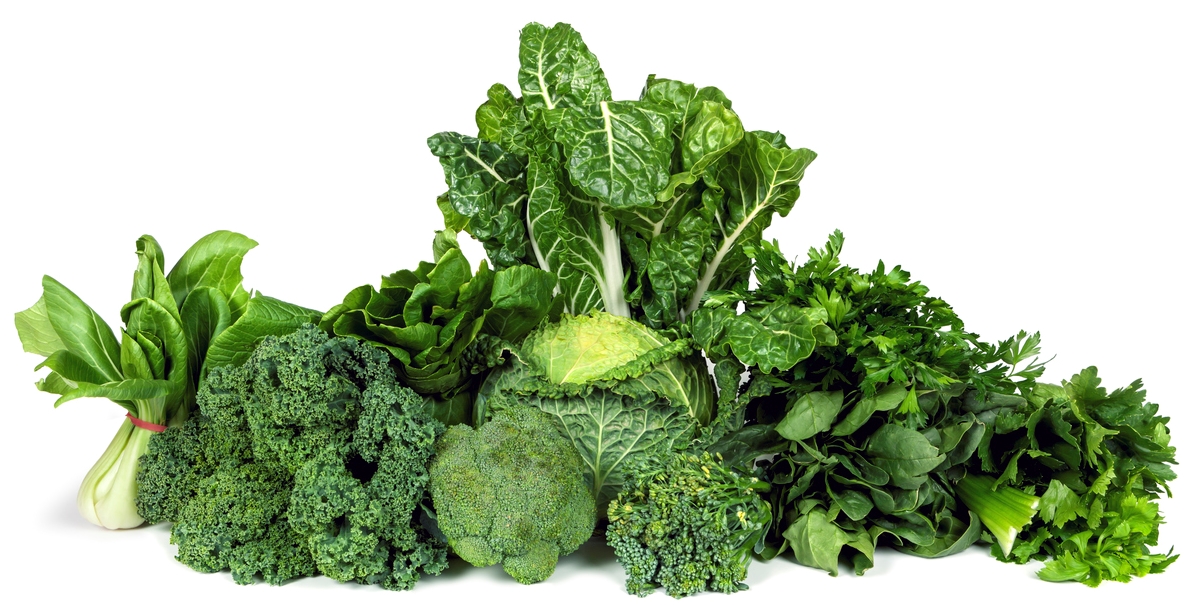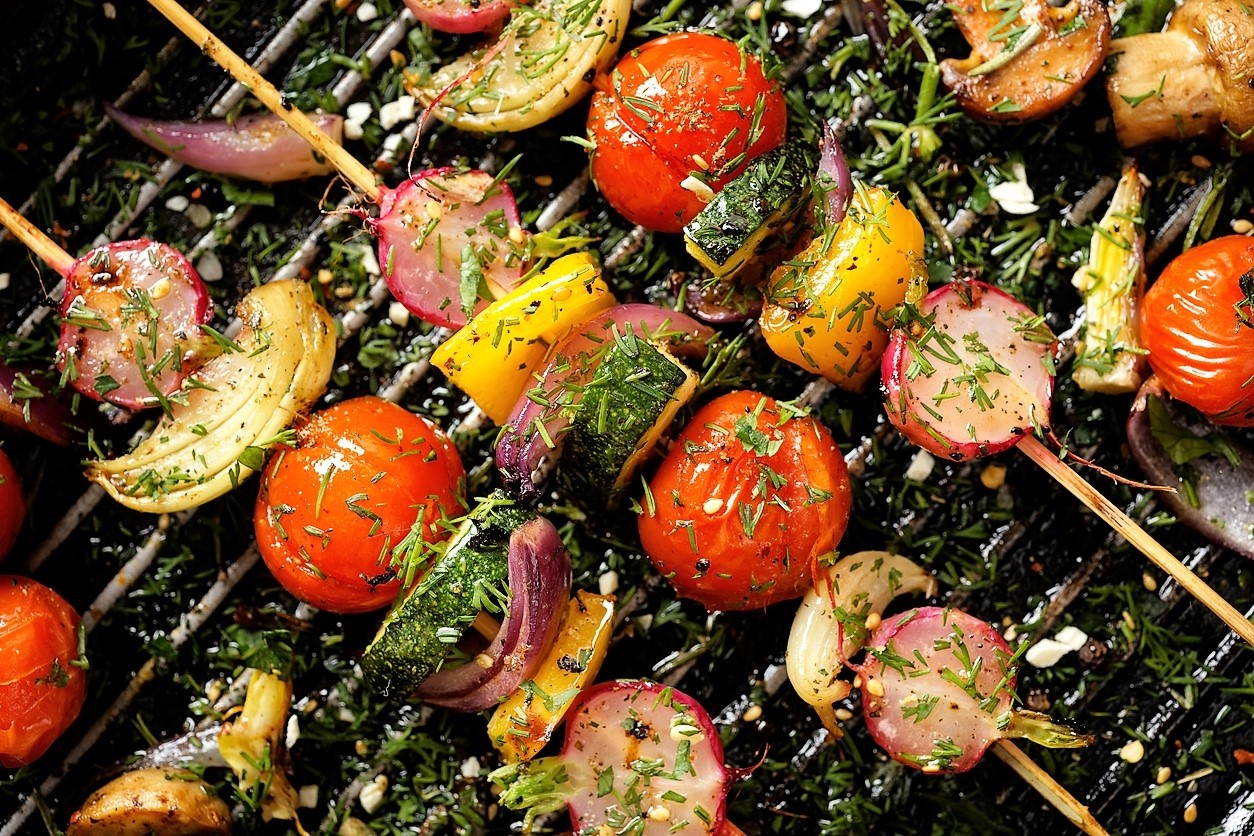- Home
- Blog
- Healthy Eating for Wellness
- What a vegetarian should eat each day
What a vegetarian should eat each day
Written by Catherine Saxelby
on Wednesday, 23 March 2022.
Tagged: health, healthy eating, healthy lifestyle, nutrition
Here’s my easy guide to the number and type of foods you should eat each day when following a vegetarian diet. Just like a meat-based diet, the guide is divided into basic food groups. You’ll see how much an adult woman needs to eat to stay healthy. I hope this guide is an easy way to keep on track, especially if you’re feeding teens or young adults.
Vegetarian food guide
Below are the different food groups with the amounts to eat each day:
1. Grains
- 6+ serves
- Rice, pasta, bread, barley, oats (porridge), muesli or breakfast cereal, buckwheat
- 1 serve = 1 slice of bread; 1 bowl (30 g) muesli or cereal; ½ cup cooked rice or pasta; ½ cup cooked oats
2. Pulses or legumes (dried beans, peas, lentils)
- 1–2 serves
- 1 serve = ½ cup (75 g) cooked or canned legumes; ½ cup (170 g) tofu, tempeh or other soy product
3. Vegetables
- 5+ serves (some raw and some cooked)
- Includes juices, salads and sprouts
- 1 serve = ½ cup cooked vegetables (about 75 g) or 1 cup salad leaves
 4. Fruit
4. Fruit
- 3+ serves
- Includes fresh fruit, juices and dried fruit
- 1 serve = 1 whole apple, banana, pear or orange (about 100 g) or 2 pieces plums, nectarines or kiwifruit.
5. Nuts and seeds
- 1–2 serves
- 1 serve = ¼ cup or 1 small handful (30 g) walnuts, almonds, sunflower seeds, etc.; 2 tablespoons peanut butter, or 100% nut butter or tahini; about 140 g (about 1/3 can) nutmeat
6. Fats, including oil, mayonnaise, salad dressing, avocado or olives
- 1 serve
- Choose mainly monounsaturated or polyunsaturated fats.
- 1 serve = 1 tablespoon (20 g) oil; 2 tablespoons (40 g) mayonnaise or dressing; ½ avocado; 4–6 olives, depending on their size Coconut fat is not included here because it provides few of these good fats.
Plus, if you also eat:
Eggs
- 1 egg
- This means eating a couple of eggs one day and no eggs the next. So, it evens out over the week.
Dairy e.g. milk, yoghurt and cheese (not butter or cream)
- 2–3 serves
- Includes full-cream or low-fat milk, yoghurt, cheese and buttermilk (this isn’t made from butter – just the name is retained)
- Choose cow, sheep or goat milk, or plant mylk (almond, oat, rice mylk, etc.) if fortified with calcium, vitamin D and B vitamins
- 1 serve = 1 glass (200 ml) milk or buttermilk; 30 g slice or wedge of cheese; 200 g carton yoghurt; 1 glass (200 ml) plant mylk drink
Getting enough protein
If you’re eating an ovo-lacto-vegetarian diet, you don’t need to worry about protein. You’ll get more than enough protein from pulses (cannellini beans, lentils, etc.) and from grains (wheat, barley, rye, etc.) topped up by eating eggs and dairy foods, such as yoghurt or cheese. If you’re eating a vegan diet, it’s harder but still achievable. Protein can be easily obtained from beans, chickpeas, lentils, tofu and soy products, grains and nuts.
If parents pursue a vegan diet for their child, however, they must follow medical and dietary advice. The greatest hazard is not lack of protein – it’s a lack of vitamin B12, which can have devastating effects on their child’s blood, brain and nervous system. For more information, see my post on How to be a healthy vegan.
6 types of vegetarian diets
There may be more types but here are the 6 commonly encountered types:
1. Vegan
Vegans avoid all foods of animal origin. They live on products from the plant kingdom, relying on grains, vegetables (including mushrooms), pulses, nuts and fruits. They also avoid leather, wool, honey, cosmetics, soap and shampoo derived from animal ingredients or tested on animals. See my post on how you can eat healthily on this type of diet.
2. Lacto-vegetarian
Lacto-ovo vegetarians eat dairy foods as well as plant foods.
3. Lacto-ovo-vegetarian
Lacto-ovo vegetarians eat dairy foods and eggs as well as plant foods. This type of vegetarianism is recommended for children, pregnant or breastfeeding women, and anyone who is embarking on a vegetarian diet for the first time. Nutritionally, it is similar to a meat-based diet and can meet the body’s requirements for vitamins and minerals.
4. Pescatarian
Pescatarians eat fish and seafood such as crabs, mussels and octopus as their only flesh food – they forego meat and chicken. Nutritionally, it is similar to a meat-based diet and can meet the body’s requirements for vitamins and minerals. The term pescatarian is a combination of the words “pesce” (Italian for fish) and “vegetarian”.
5. Flexitarian
Flexitarians eat dairy foods and eggs, plus the occasional meal with meat, fish or chicken if they’re out or don’t want to say “No” (say, when they’re at Grandma’s). This style of eating is recommended.
6. Fruitarian
Fruitarians eat only fruit and nuts. This diet is considered too limited and may lead to nutrient deficiencies.
Bottom line
Yes you can eat healthily on a vegetarian or vegan diet. Protein is trendy at the moment but is not a problem to get enough of. It’s the vitamins such as vitamin B12 and minerals such as iron and calcium that are hard to get.
Foodwatch
The Good Stuff
The Boring Stuff
© 2025 Foodwatch Australia. All rights reserved
Website by Joomstore eCommerce







